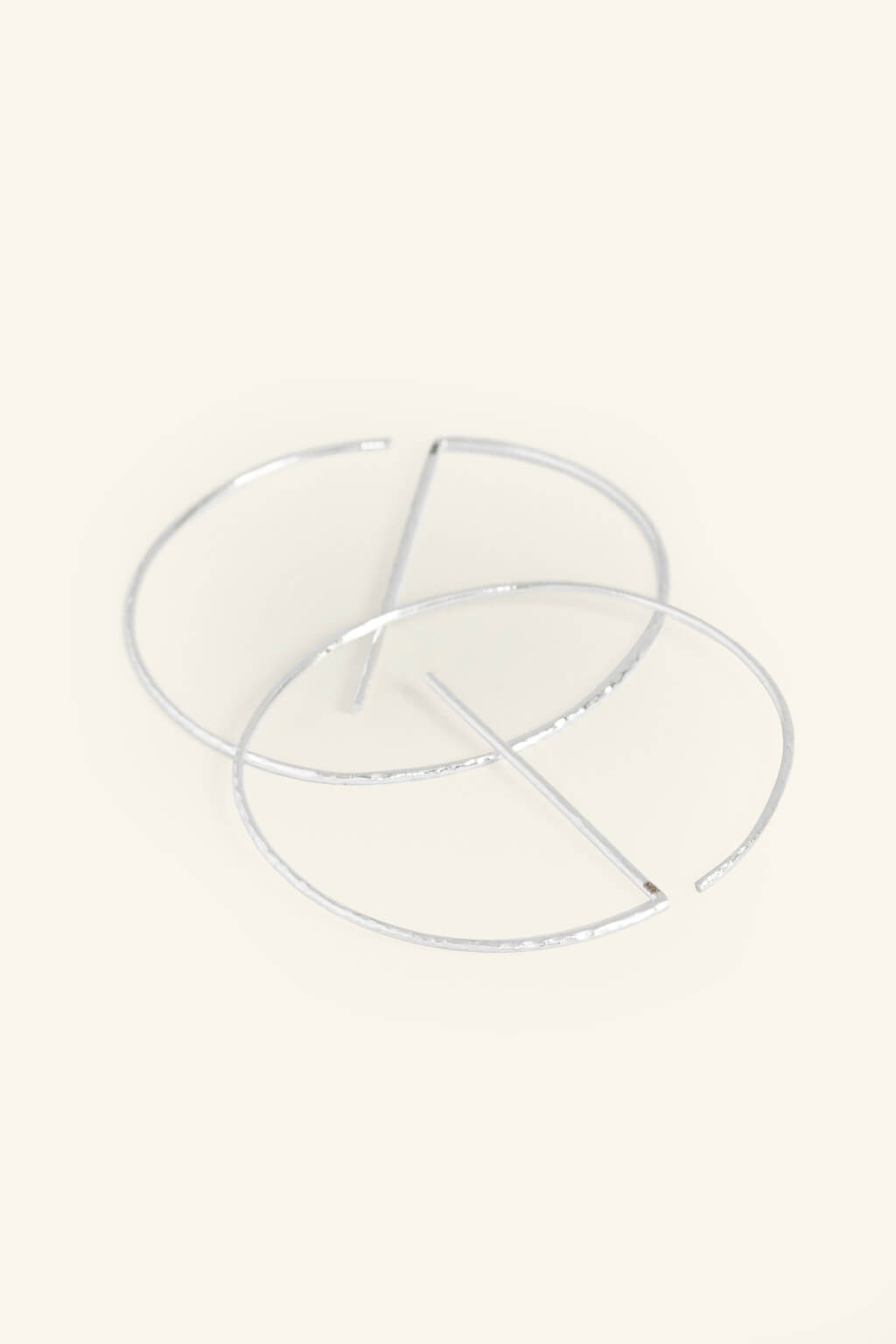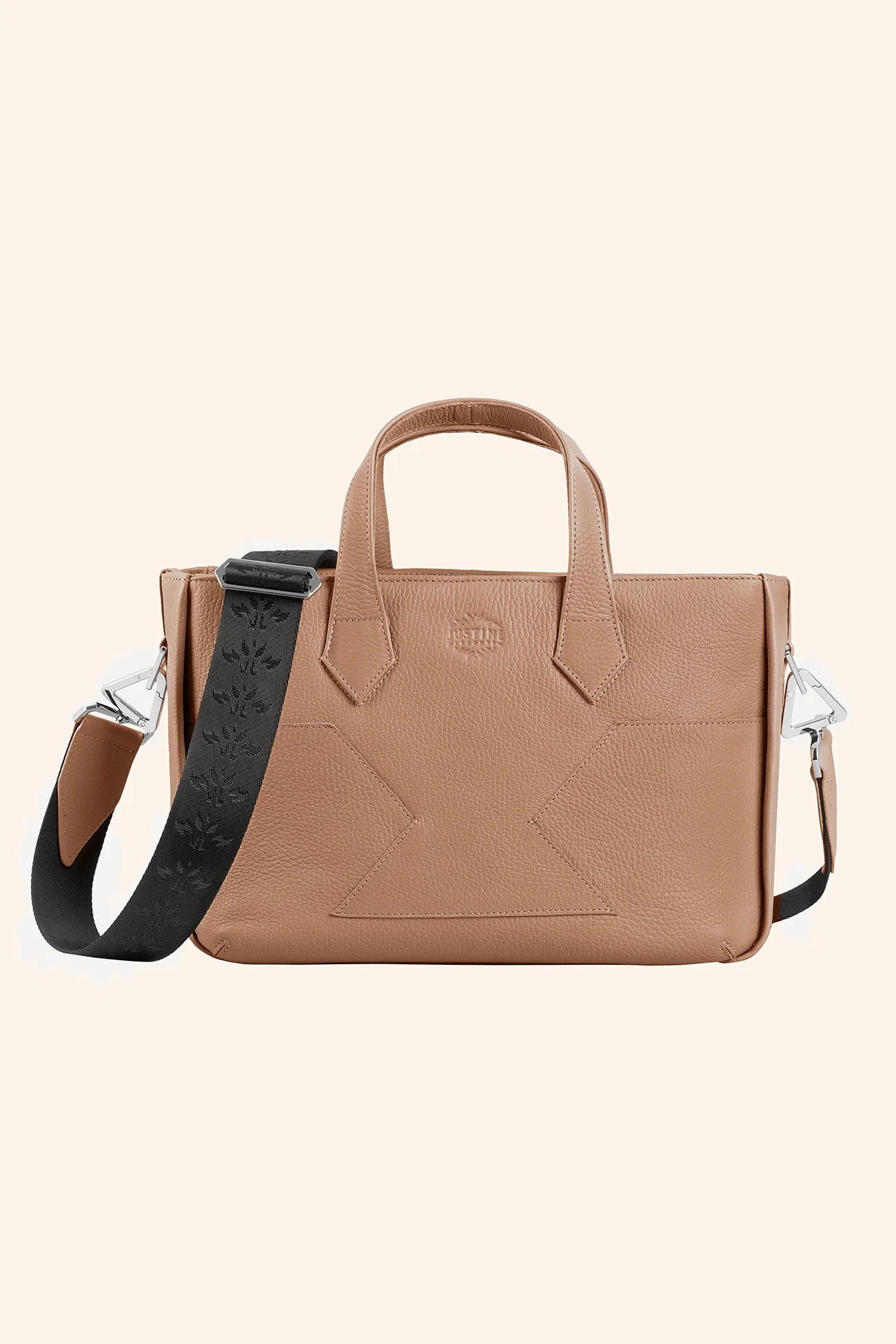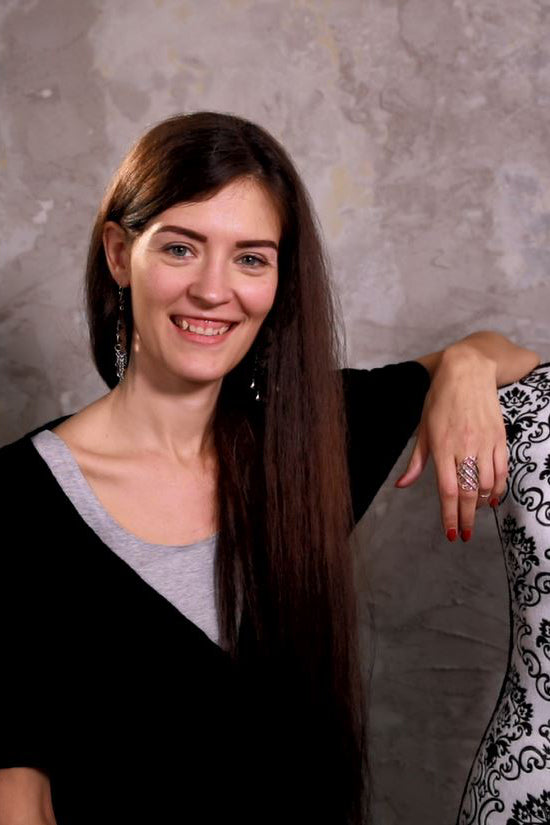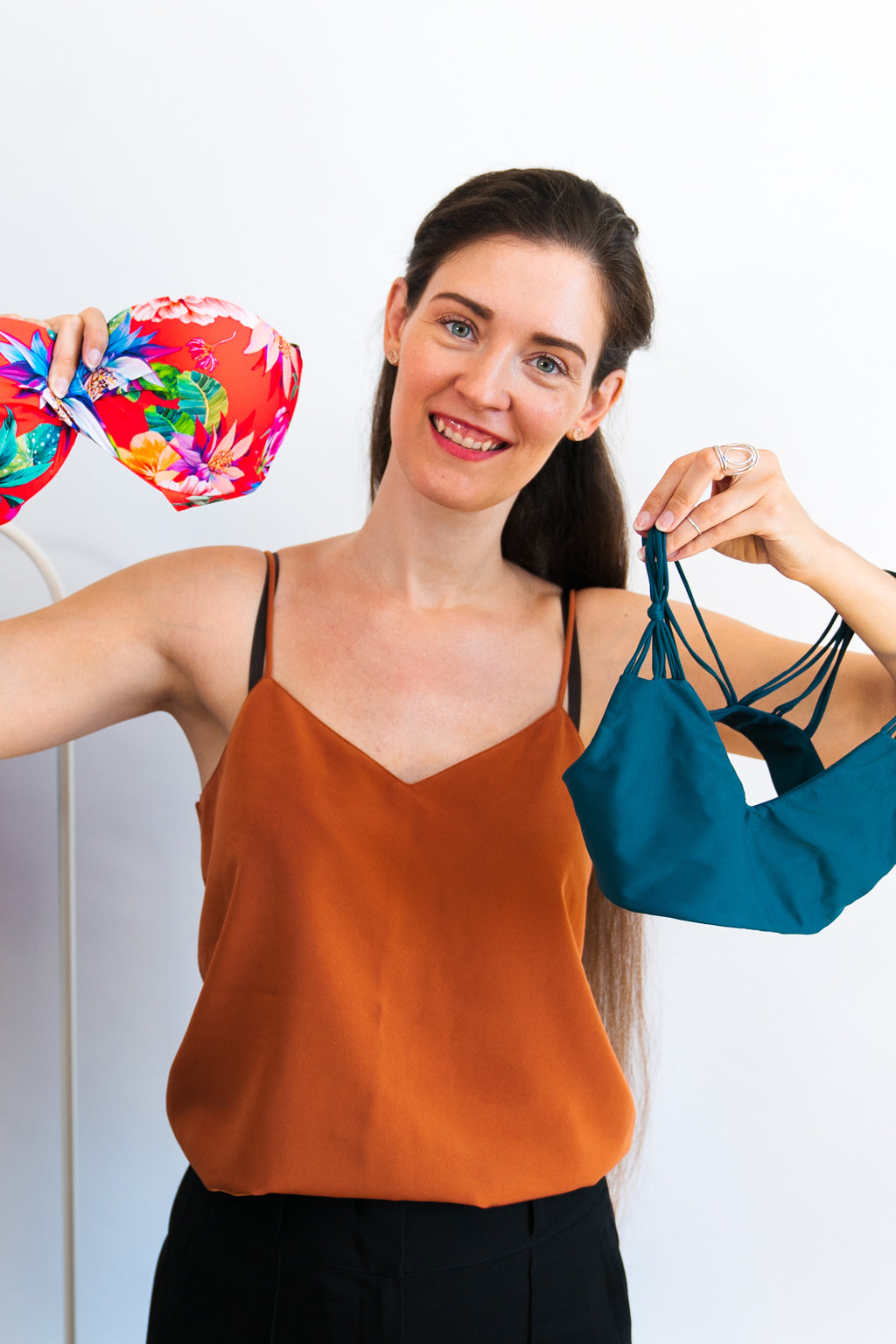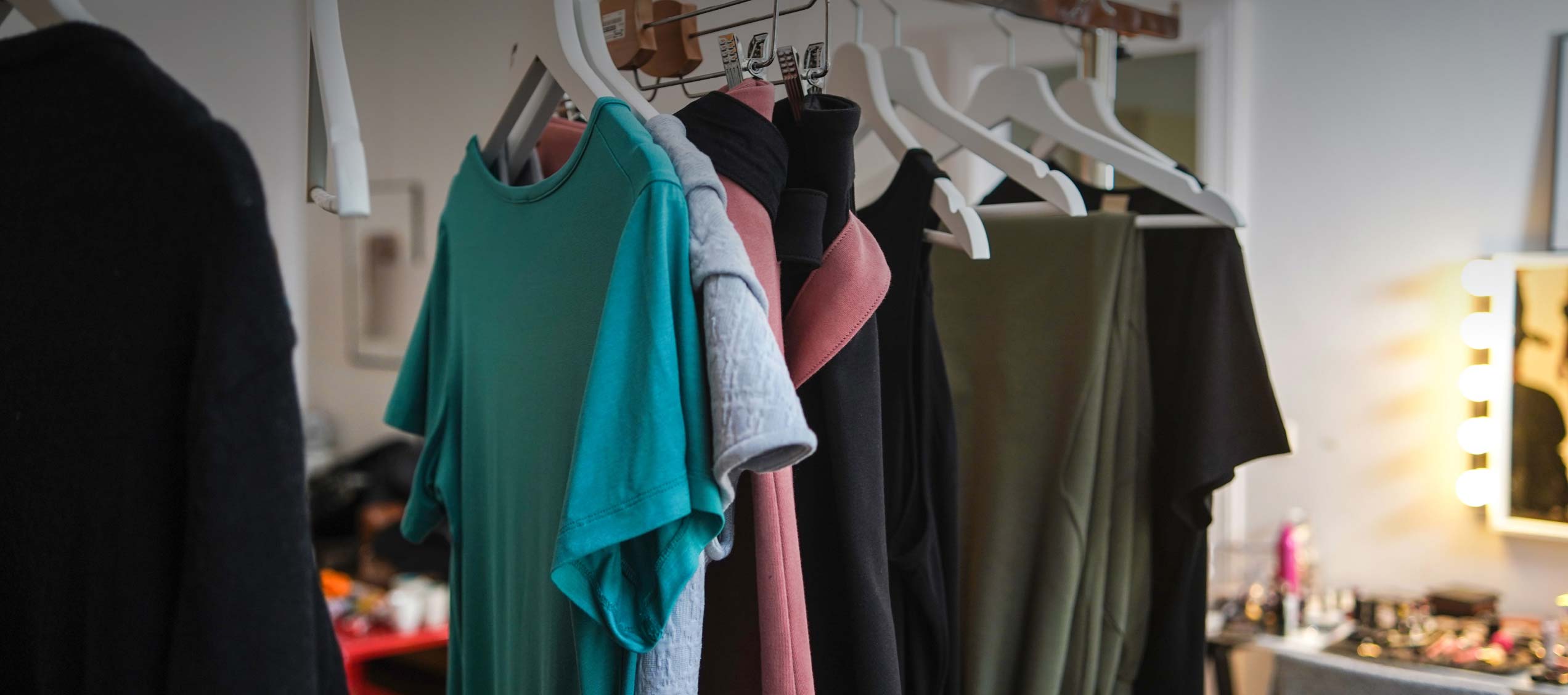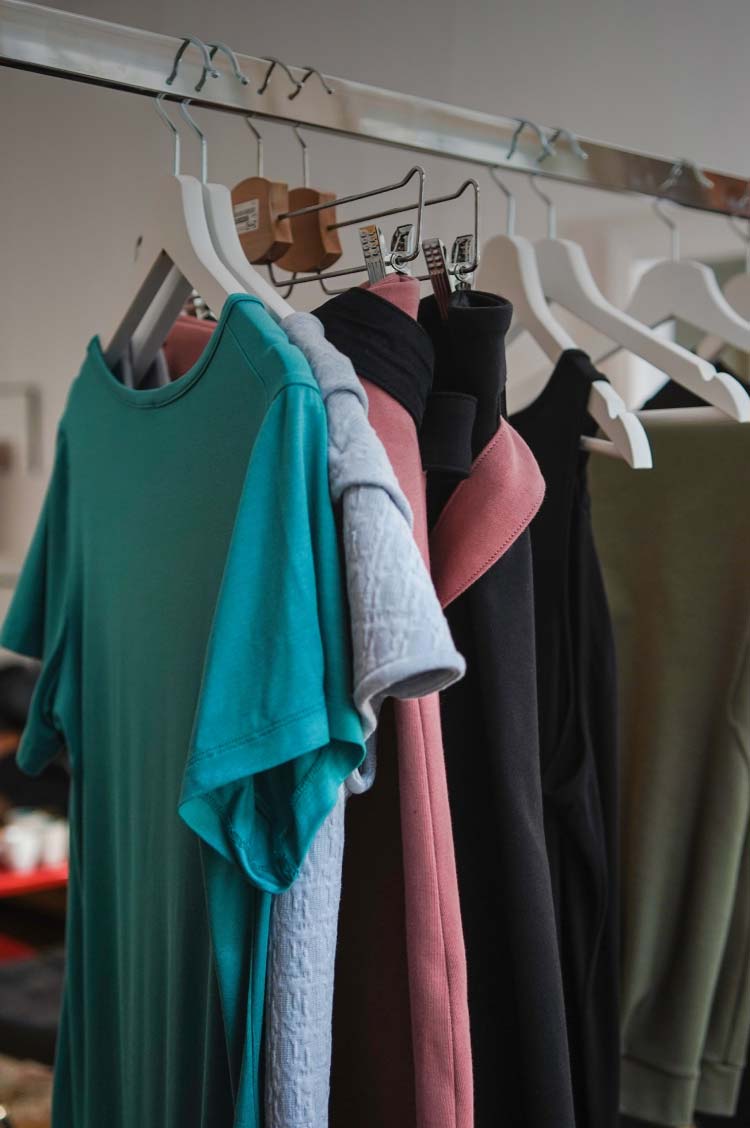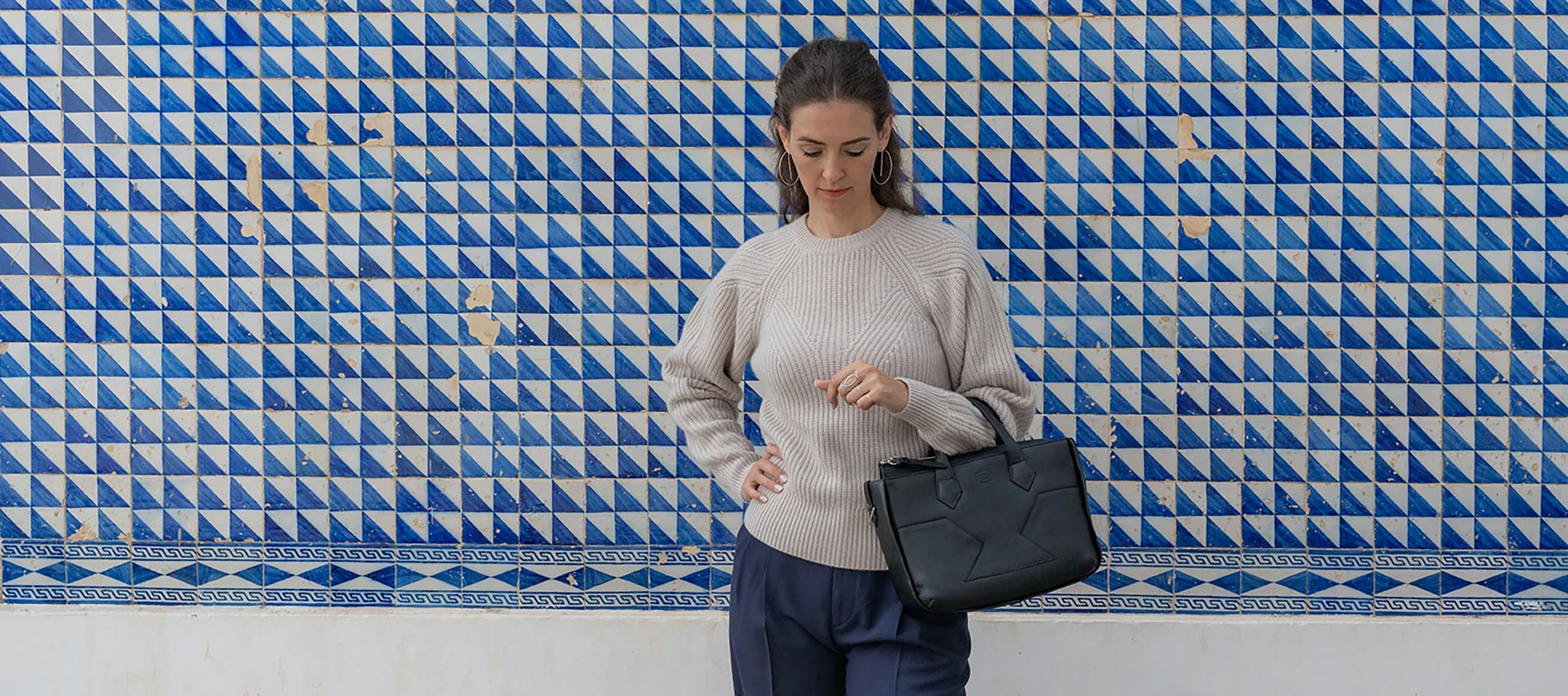As someone who cares about sustainability and ethics in the fashion industry, I wanted to share some insights I've gained recently about greenwashing. Greenwashing is a tactic used by brands to make consumers believe they are ethical and sustainable, when in reality, they are not.
In recent years, people have become more and more aware of the negative effects of fast fashion not only on the environment but on the treatment of garment workers in overseas factories as well.
Unfortunately, this strategy is rampant in the fashion industry, which is why it's important to be aware of it and know how to recognize it. In this article, I explain what greenwashing is, how it works & how brands use it to trick you, and what you can do to help prevent this kind of bad practice.
Greenwashing is the strategy through which brands that are neither ethical nor sustainable try to make consumers believe that they are.
What is greenwashing?
The awareness of bad practices in fashion is increasing throughout the world… and that’s a huge problem for (fast) fashion brands. Imagine: they sell a top for 5€, a pair of pants for 10-20€. The only way they can sell at these too-low prices and still be profitable is by buying really too-low-quality fabrics and/or exploit the people who sew the clothes – that includes child labor and slave labor.
(If you'd like to know more about the business model of fast fashion labels, watch THIS video).
If you have the choice between 2 identical garments, sold at the same price, one says “sustainable” with a little flower on the photo, and the other one says nothing about where and how it is made: chances are high you will go with the garment that says “sustainable”. Fast fashion brands are very aware of this, so they want to jump on the sustainability train – however they can’t raise their prices much because the main argument for buying fast fashion is the low price.
They can’t openly lie about their clothes because that’s illegal (thankfully), so they look for loopholes in the law and try to phrase things in a way that deceives you into thinking they are the good ones, so you’ll buy their products.
Deceiving people into thinking that they are green when they’re not: that is greenwashing.
Note that deceiving is illegal too, but since it’s more subjective, with good lawyers they can get away with it. Fast fashion brands are greenwashing because ethics and sustainability are becoming more important to the public, and they want to sell.
How are they greenwashing?
There are several ways fast fashion brands use greenwashing, here are 2 examples:
A. Promoting "conscious" mini-collections
H&M does that: they launched a "conscious collection", with imagery composed of cereal fields, ads on a green background, etc. They shoot campaigns with high budgets & famous models. They communicate on the "conscious foundation" that donated to the trust aiming at improving working conditions in Bangladesh's garment factories (of which H&M is a major client). And in press releases, they claim that "every piece in the collection is made from a sustainably-sourced material, such as 100% organic cotton (…)".
This is in fact a deceiving strategy because:
- “sustainably-sourced” isn’t a synonym of “sustainably grown”.
- It seems that a garment could be made of 100% organic cotton, but actually it means: if there is a share of cotton in the garment, then that share could be 100% organic. Not the same...
- On the product website they say: “at least 50% of each piece is made from more sustainable materials, like organic cotton or recycled polyester”. 50% is much less than the 100% implied in the press release.
- If you click on product pages, you see the fiber composition but when a garment is made of several different fibers, there is no indication of which fiber is the "more sustainable" one.
- We still don't know how much of their entire production is that "conscious collection". What about sustainability for the rest of the garments they produce?
- Then what about the way the garment workers in factories are treated? In Bangladesh, the legal minimum wage is extremely low, insufficient to pay rent or feed a family. The living wage goal is about 4x that – but the economy is so dependent on the production and export of apparel that the government doesn’t want to raise the minimum wage, to remain competitive. And so paying a living wage isn’t a must, it currently depends, to a large extent, on the goodwill of the brands.
Note that during Covid, in 2020, fast fashion brands decided to not pay for garments already produced by overseas factories, which led to factories having to lay off workers, with no state-based support system for unemployment. This led to the activists making the matter seen in the media, in the form of the "Pay Up" campaign. I made a video about it, to help give it visibility: watch it HERE.
B. Using buzzwords (very) loosely
Primark has launched a range of denim pieces “made with 100% sustainable cotton”… but a pair of jeans costs 15€. I saw an ad on a bus top in Berlin when the range came out, and I remember standing there wondering whether ANYONE would believe that Primark is making something sustainable for THAT PRICE TAG. Then two teenagers walked past me and saw the ad as well. One of them said “oh see, even Primark is sustainable now, we should go tomorrow”...
Have you noticed the trick? They say “100% sustainable cotton”, not “100% organic cotton”. And there is no legal definition for the word sustainable, so unless you explain what exactly it is that you do, it’s not sufficient and therefore deceiving.
And again, how much of the entire Primark production is actually that "sustainable cotton" collection?
Here are further examples of how words can be misused:
- “100% vegan leather”: there is no official definition. Great if it is pineapple leather or mushroom leather (or other innovative materials that are plant-based) – however it is usually just PVC, made from petroleum, which releases microplastics into the water when you wash it.
- “Since 2013, we reduced our CO2 emissions by 50% and we plan on reducing them by another x% by 2025”. You can achieve this in two ways: reducing your production by 50% (there you have it, half the emissions), or by closing your own factories and outsourcing to external factories that don’t belong to you (and don't count towards your own emissions).
- “We have reduced our carbon footprint by 15% within the last 2 years” (*per unit produced. But we have produced 30% more clothes in total).
You get the drill: brands can be very creative in terms of wording or omitting to mention what they don’t want you to know. They understand that we care about where our clothes are made, and it’s mandatory to say “made in xyz” on the label… so they make sure that at least the end of the production process is done in a positively-connoted country (a country that doesn't suffer from labour policy issues and safety scandals) so that they can say “made in… that country”.
BUT there is no law to force them to disclose where the fabric is made. As you can see, the battle for transparency in the industry is a long one.
4 Ways you can prevent greenwashing
If I could sum it up in one word, I would say: read, get informed.
-
Read the information on the brand’s website: if they say nothing about sustainability and ethics, it’s not a good sign. Think in terms of what is NOT being disclosed. If you are ordering something, write them an email and ask: where is this design produced? You have the right to know what you’re buying.
-
Spot the keywords that are too vague and have no legal definition: eco-friendly, natural, green, pure - these words require more explanations on what the brand is actually doing. “Organic”, on the other hand, is a word that can be backed-up: there are quality stamps like “GOTS” which is a textile standard with a clear list of criteria a fabric must fulfill in order to call itself GOTS-certified.
-
Hop on the Fashion Revolution train. Fashion Revolution is an initiative started after the sadly famous collapse of the big Rana Plaza garment factory in Bangladesh in 2013. It was created to make sure that the world doesn’t forget and that it doesn’t happen again. The accident killed over 1000 people and fast fashion brands committed to “never again”, “we swear we will improve”, “yes, people in the production countries need to be paid properly”… Now it’s 8 years later and we still see brands trying to cheat their way towards a better image, through greenwashing.
So ask the big brands you shop from: #whomademyclothes. You can go to social media and post a photo of yourself wearing a garment inside out to show the labels, tag the brand and use the hashtag #whomademyclothes.
This year, the hashtag #whomademyfabric was additionally created, to show brands that we also want more transparency for the fabric production, before it even becomes a garment.
Fashion Revolution is the initiative behind these hashtags. These were created so we can call out brands that aren't transparent enough. The more people participate, the more the fashion industry will see that consumers care and that transparency and ethics need to increase. Fashion Revolution organizes campaigns, free trainings and actions throughout the year, but their Fashion Revolution Week (every year in April) is the most important one in terms of visibility in the media.
- Learn about the cost split for one garment: how much does the garment worker get paid? How much goes to the wholesaler, the brand, the retailer, etc.? Watch the video HERE.
If you wish to watch all my videos on the topic of fast fashion, I gathered them all in this playlist:
If you want to stay up-to-date on sustainable and ethical fashion, be sure to register for our newsletter.

